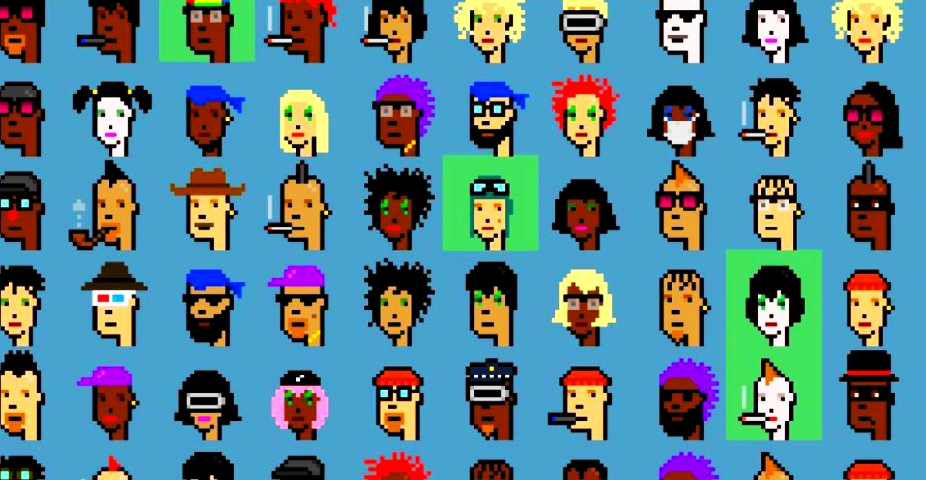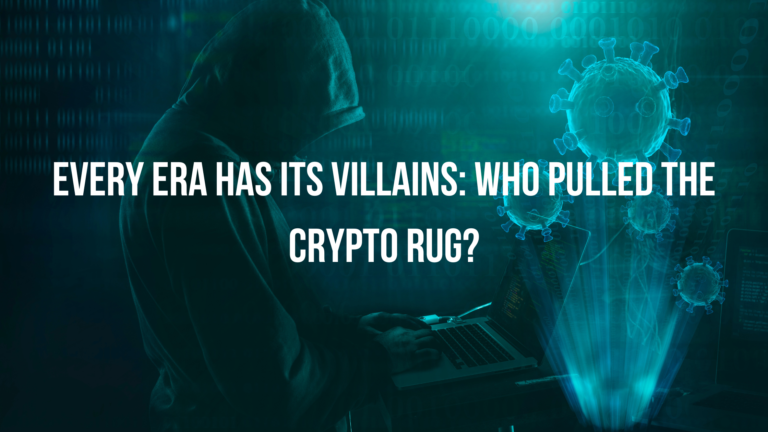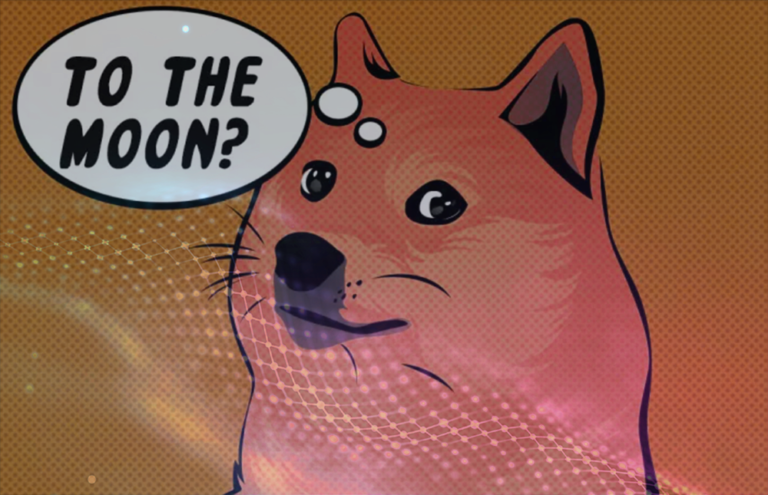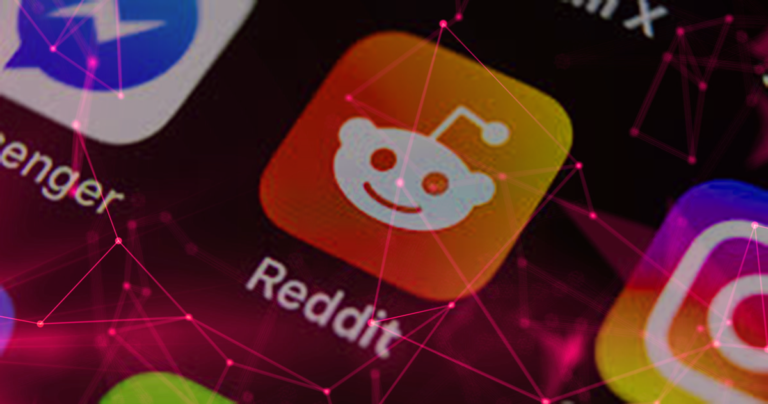
If you’ve been in the crypto space long enough, you’ll have heard by now of how people seem to be making a lot of money issuing blockchain-based collectibles or Non-Fungible Tokens (NFTs) — the technical term for these rare assets issued on blockchain.
Those who came into the crypto scene in 2017 and 2018 will recall how the popular blockchain game CryptoKitties broke Ethereum with massive demand, with the rarest of these cartoon cat NFTs fetching up tp $170,000!
The craze over collectibles is pretty much a well-understood phenomenon. People have been collecting and trading items with limited issuances for as long as baseball cards and first edition books have been around. But to understand why people are willing to fork over millions for something completely digital, we have to understand just what makes them so special.
A bit of history first
We should start with the very first blockchain collectible that launched in 2017 called Cryptopunks. In short, a company decided that they would issue a fixed 10,000-series set of “digital punks”, each unique in their appearance and rarity.
If we may sidetrack a little on the punk and Crypto Art movement, with crypto and blockchain these days more popularly headlined alongside Lamborghinis and Magic Internet Money memes on Reddit and Twitter, it can be easy to forget that the technology actually had its roots among cryptography activists from as early as the 1980s.
Back then, these cypherpunks, raging against the machinery of state-controlled money, censorship and surveillance, sought for more ways to use cryptography and other privacy-centric technologies to affect social change. Informally keeping touch through the Cypherpunks electronic mailing list — a fertile breeding ground for Bitcoin early adopters, their roles in blockchain development are now all but forgotten. So much so, that cypherpunks are confused a lot now with Cyberpunks — but there is definitely a lot of throwback in CryptoPunks, certainly a nod to the roots of blockchain activism!
But what made these CryptoPunks so special was that, in the spirit of blockchain transparency, immutability and sovereign control, each of these 10,000 digital collectibles could have their proof of ownership traced on the Ethereum blockchain. Furthermore, each of these could not be replicated or duplicated — solving for the first time the problem of authentication in the world of collectibles, where forgeries of rare items have been so difficult to detect.
This concept of being able to self verify authenticity, rarity and ownership, for the first time meant that an item was as rare as claimed, and indeed owned by its owner. This entire concept inspired the so-called ERC721 protocol on the Ethereum blockchain that denotes it as a non-fungible token (NFT), as opposed to the more common ERC20 token, which is the type of token used by the majority of cryptocurrencies issued on the Ethereum blockchain.
Fungible and non-fungible, what?
Let’s move the technical bits out of the way first. Crypto, to be successful as a currency, but be interchangeable with any other same type of crypto. 1 Bitcoin must always be worth the exact same value as another Bitcoin. Each of the 21 million Bitcoins must be interchangeable with each other for it to work as a currency. This gives it what is called fungibility. Crypto that is fungible is good money.
Assets that aren’t fungible in the real world? Cars. Houses. Basically any physical item. Buy 10 houses in the same lot and they won’t all be worth the same. Buy 10 cars from an assembly line and they won’t be interchangeable over time, due to wear and tear, etc.
So if you think of NFTs in this same way, it’s simply a tokenized version of non-fungible assets. So NFTs work best for things like property, houses, artwork and certainly, for collectibles.
NFTs are non-fungible because:
- Ownership is unique. It cannot even be substituted with matching NFTs.
- They cannot be separated, each having unique ownership, rights and privileges.
And now, use cases for NFTs are widening, especially in the niche sector of decentralized finance (DeFi). Imagine, for example, that just like in a traditional financial service, to borrow money, you would need collateral. But what if you wanted to put up your house or car as collateral to borrow crypto? Well, you only need to tokenize this house or car, turning it into an NFT and use it as collateral at a DeFi platform.
It can even represent more complex financial products. Think of customized insurance or company bonds or special options, where each unique contract is converted to NFTs and traded on the open market.
So while NFTs popular today may still be called CryptoKitties and CryptoPunks, don’t be surprised if one day, you might be using NFTs in your daily lives to borrow money, secure insurance or vote in your country’s next election!






